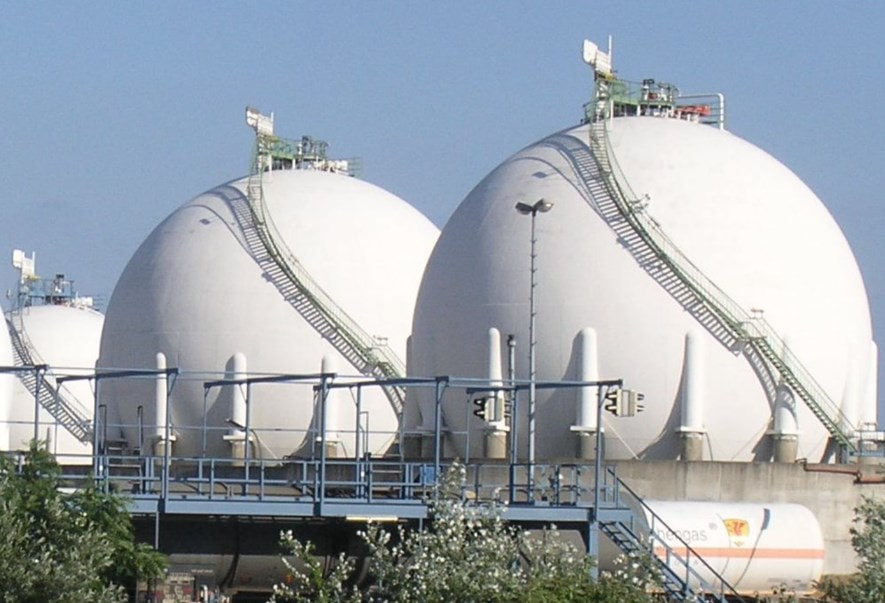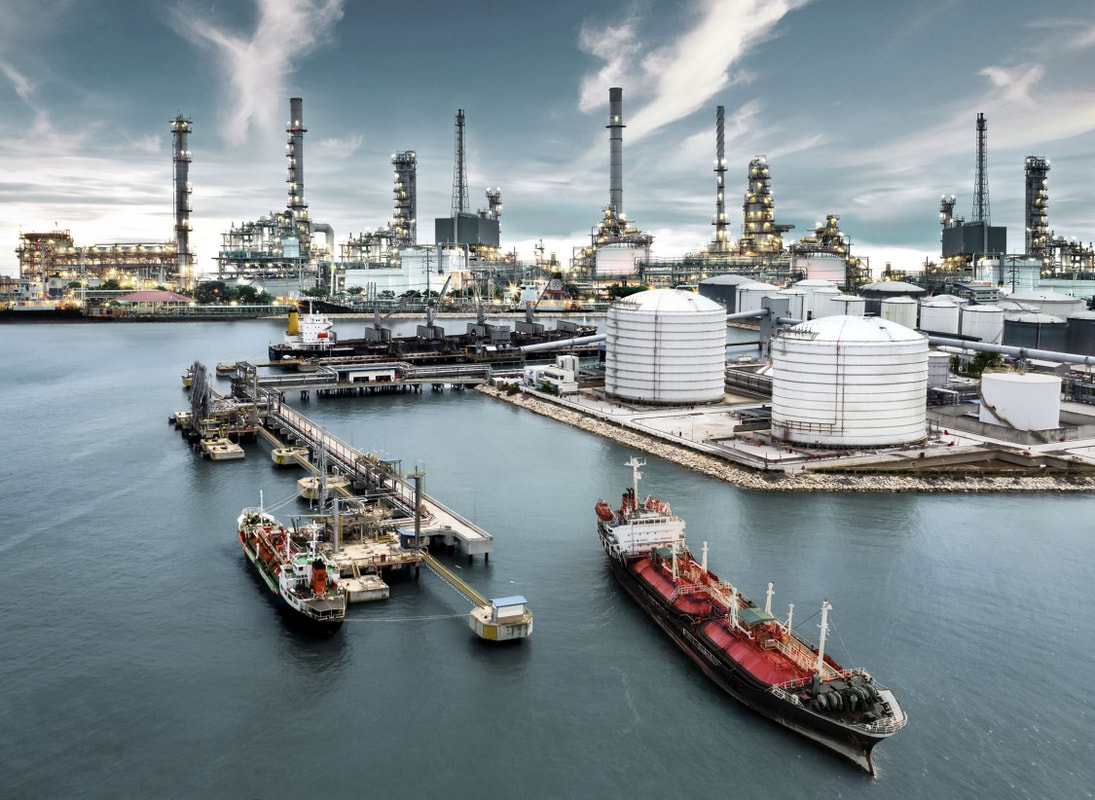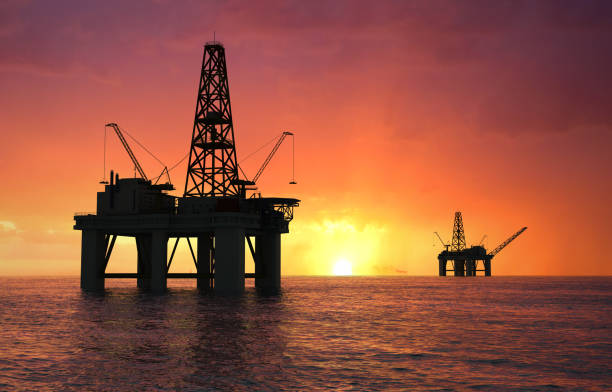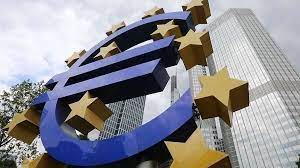|
U.S. President Joe Biden will be giving a speech later on Thursday with regard to the decision which is aimed at lowering gasoline prices given the record high prices that consumers are facing at the pump since the beginning of the Ukraine war. A release of 180 million barrels will help to rebalance the oil market in 2022 increasing supply by 1 million barrels per day (bpd) for six months. However, this is a temporary fix for the short term supply problems and will not resolve the structural supply deficit that has been building for many years.
If the US adminsitration go ahead with the 180 million barrels release from the SPR, then this will certainly have an effect on the oil market and we'll probably see prices decline to less than $100. This news comes after U.S. oil inventories fell by 3.4 million barrels in the week to March 25th, surpassing forecasts of a 1 million barrel drop. In conjunction with this, implied demand for gasoline and distillates has declined. Current prodcution in the US increased by 100,000 barrels per day after stalling at 11.6 million bpd since early February. News of the potential U.S. release has overshadowed the OPEC+ meeting scheduled for Thursday, however, it is expected to be a non-eventful meeting with OPEC+ sticking to its deal to increase oil production gradually.
0 Comments
Economic sentiment fell by 5.4 points to 108.5 in March. The largest drop in confidence was among consumers, but manufacturing businesses also saw industrial confidence decrease. Order books look healthy, but supply chain problems are already causing production shutdowns which will cause problems and headaches in the months ahead.
The service sector is set to offset some of the negative impact of manufacturing production issues in March. The reopening of economies has boosted recent demand for service sector businesses and even though we are seeing higher prices, demand expectations continue to improve for the months ahead. However, this might not last long as inflation trends higher and starts to really bite. If there is one thing that really stands out from this report is that selling price expectations for both services and industry are souring. The higher input costs due to significant increases in energy prices and further supply chain problems translate into higher core inflation in the short term. The result of this melting pot of factors is a high probabilty for a squeeze on purchasing power in conjunction with supply chain issues that will cause production problems. This is highly likely to have a negative effect on GDP growth in Q2 and it really doesn't paint a good picture for the economy over the coming months.
After a strong rally over the last three weeks, the oil markets are now in a correction and down to the 50% retracement level. These types of corrections are a normal part of price action, particularly when we see price overextending beyond three standard deviations. In those sitatuons, we are going to see a reversion to the mean, because we run out of buyers at the peak and we need a fresh impetus to keep the momentum going and there needs to be sellers to buy from. At these levels, the sellers are few and far between. We also see existing longs from lower down, starting to take their profits, and if large numbers run for the exits all at once, we get a sharp decline. However, the fundamentals don't change that quickly and the direction of travel has been set for the energy markets as the Ukraine war continues and sanctions start to take effect. So the fundamentals are clearly bullish for the forseaable future, but given the geo-politics affecting the energy markets right now, we are going to see a lot more volatility. Increased volatility increases the risk for many traders and may actually trigger alerts in their risk management and position sizing models. This is another reason for why the longs head for the exit quickly. Lowering their risk exposure. So the path of least resistance is down, until the buyers come back into the market, looking to reposition and buy at a lower price. There are more sellers too as prcies decline beleiving that the top is in and the markets are turning south. While the price action we've seen int he oil markets seems to have been quite extreme in recent weeks, it is not unusual in teh commodity markets. We get a speculative frenzy driven by the geo-politics news, the market goes parabolic and over extends. At some point, typically beyond three standard deviations, the market will correct to restore equilibrium temporarily, reverting to the mean.
To avoid significant upside price pressure, energy analysts are estimating that the market would need an additonal flow of around 2 million barrels per day for the remainder of 2022 and an additioanl 2 million barrels per day in Q2 to ease the dislocations caused by the displacement of Russian oil. The temporary 2 million barrels per day boost could come from strategic reserves, but the 2 million barrels per day additional flow for the remainder of 2022 would likely need to come from OPEC sources (including potentially Iran).
It is absolutely clear from this, that we have a tight market situation, however, the withdrawal from Russian markets has been less dramatic than expected across Europe. So far, there are indications that some of the larger EU countries are less keen than countries in the east of the EU to pursue the fastest possible reduction in Russian oil flows. Outside of the EU, the UK’s ban on the import of Russian oil has proved less dramatic than the headlines that accompanied the initial announcement, as it does not take effect until the end of 2022. In the private sector, while several companies have given assurances they will buy no more Russian oil on the spot market, thereare limited indications to suggest how they will purchase oil from Russia through their term contracts. Reducing dependance is easier said than done and we've seen governments and companies opting for longer time frames for the process of reducing dependance. Indeed, energy analysts have observed that Russian oil trade into Europe appears to be moving further into the shadows of term contracts and a greater reliance on third-party trading intermediaries, which makes the trades less visible.
Last week, the API reported a build in crude oil inventories of 3.754 million barrels after analysts had predicted a draw of 1.867 million barrels. Oil prices are heading down on Tuesday as markets looks to the EU for clarity on further energy sanctions against Russia. However, it is looking highly unlikely at this time, that the EU would reach a unanimous agreement to ban the imports of Russian oil and gas.
In addition, U.S. crude oil production is not increasing. In fact, for six weeks in a row, US oil production has stagnated at around at 11.6 million barrels per day. This is still down by 1.5 million barrels per day from pre-pandemic times. Gasoline inventories have seen a draw this week of 626,000 barrels for the week ending March 18, which follows last week's 3.794-million-barrel draw, according to the API report. Distillate stocks had a decrease in inventory of 826,000 barrels for the week, after last week's 888,000 barrel increase and Cushing saw a 646,000-barrel increase this week. Cushing inventories rose to 24 million barrels as of March 11, according to EIA data, which is down from 59.2 million barrels at the start of 2021, and down from 37.3 million barrels at the end of 2021.
European tightness to persist through the winter In recent times, natural gas prices have hit new records on almost a daily basis. TTF has recently broken above EUR70/MWh, which is up around 245% since the start of the year and up from the lows of a little over EUR3.5/MWh in May last year. What are the factors driving this strong rally? First, we need to go back into time to the spring as this is where the foundations were laid for this rally. We had colder than usual weather through April and May in Europe and this led to a late start if the injection season. Typically, the gas injection season starts at the end of March and early April, however, we didn’t see any significant injection until almost mid-May. Second, for most of the year, there has been little incentive to send spot LNG cargoes into Europe, so these cargoes have made their way to Asia instead, where prices have been more attractive. The spot Asian LNG premium over TTF has averaged a little over US$1.50/MMBtu since the start of the year through until the end of August. Although with the more recent rally in European prices, TTF is now trading at a premium to spot Asian LNG. Third, there have been several outages over the summer comprised of a mix of planned and unplanned outages. Russian gas flows fell in July due to maintenance on both the Yamal-Europe and Nord Stream pipeline. While in August flows were disrupted after a fire at one of Gazprom’s condensate treatment plants in Western Siberia. Average Russian flows via the Mallnow entry into Germany were down 40% MoM in August. Although these flows have recovered more recently. Norway has also seen a fair number of outages this summer, including at the Troll field. Another factor to consider is the record carbon prices in Europe which have ensured coal to gas switching. EU carbon allowances have rallied as much as 93% this year. Although, the more recent strength in gas prices has reversed this advantage. Dark spreads are more attractive than spark spreads over 4Q21. There have even been some coal plants reopening in the UK. Looking at the big picture, we have a combination of demand recovery across Europe, lower inflows and falling production which means that that European gas inventories are well below average. Storage is only 71% full, compared to the 5 year average of more than 86%. Storage is at its lowest levels in at least a decade going into winter. With the official start of heating season quickly approaching, it is quite likely to see prices at elevated levels into winter as well as increased volatility. In conjunction with this, we see that the forward curve in Europe basically flat until February, so there is little incentive to store gas. To see an incentive to store gas, the forward curve would need to shift to contango, and this scenario seems unlikely given the current tightness. Another supportive factor for LNG is China making a focused effort to tackle emissions this year. In addition, the significant rally in coal prices in China this year, due to a combination of import restrictions and the temporary closure of some coal mines earlier in the year, is providing support to LNG. It is unlikely that Chinese demand for LNG will slow in coming months as the government will want to ensure adequate supply particularly over the winter months.
High Global Prices Provide a Boost to US LNG Exporters Strong prices in Europe and Asia would be welcome news to US LNG exporters, particularly after the weakness seen last year, which led to a significant amount of cargo cancellations. However, this year there has been little risk of that with the spot Asian LNG premium over Henry Hub averaging almost US$8/MMBtu so far this year. While the spread is currently closer to US$14/MMBtu. As a result of this, US LNG exports have hit record levels this year. US LNG exports over the first six months of the year are up 41% YoY, while exports in March hit a monthly record high of 321Bcf. In addition to stronger LNG exports, pipeline exports have also hit record levels with increased flows to Mexico. Domestic demand in the US has also been strong. The latest available EIA data shows that demand from power generators in June increased by 3.5% YoY, and almost 9% higher than the same month in 2019. Stronger export volumes and strong domestic demand has meant that US inventory injections this year have been slower than usual. The tighter environment going into winter suggests that Henry Hub will likely remain well supported over the coming months.
Earlier in March, the UK government said it would phase out imports of Russian oil, which account for about 8 percent of its total imports, by the end of 2022. So Johnson has been out looking for alternative supplies and this week, has visited Saudi Arabia and the United Arab Emirates in seach of those supplies. However, his trip was to no avail and he left empty handed. Venezuela is also on the list with promises of sanction relief in exchange for oil derivatives.
The EU are taking a more cautious approach to oil and gas sanctions because it is much more heavily reliant on Russian fossil fuels. Russia supplies about 40 percent of the EU’s imported gas and 25% of its crude oil. If the EU decided to change to a firmer stance on sanctions, the UK economy would take a hit on the economy of between $92 and $98.7 billion (70-75 billion pounds), Chancellor Rishi Sunak told ministers. This is equal to 3 percent of the UK’s GDP. According to the European Central Bank, a decrease of 10 percent in gas supplies to Europe would translate into a 0.7-percent GDP decreaes. So instead of a complete ban on Russian oil and gas imports, the EU will now look to decrease its imports of Russian gas specifically by two-thirds within a year. The bottom line is that the UK and EU need to find significant supplies of oil and gas from elsewhere and this transition is highly likely to cause volatility in the markets and pain for consumers.
Oil prices were trading down sharply on Tuesday, continuing Monday's selloff. In conjunction with this, China locked down millions of its residents in some of its largest cities which has a huge potential imapct for oil demand.
U.S. crude oil production has remained at the same levels for five weeks in a row, at 11.6 million barrels per day for the week ending March 4. This is down 1.5 million barrels per day from before the pandemic. The API also reported a draw in gasoline inventories at 3.794 million barrels for the week ending March 11, following the previous week's 1.988-million-barrel draw. Distillate stocks saw an increase in inventory of 888,000 million barrels for the week, after last week's 5.485-million barrel decrease. Cushing saw a 2.308 million-barrel increase this week. Cushing inventories declined to 22.2 million barrels as of March 4, down from 59.2 million barrels at the start of 2021, and down from 37.3 million barrels at the end of 2021. It also keeps the door open for a rate hike before year-end, particularly given the current high levels of uncertainty. The bank confirmed the end of its Pandemic Emergency Purchase Programme (PEPP) by the end of March and also confirmed the previously announced increase in the Asset Purchase Programme (APP) to €40bn per month from the current €20bn. In May, the APP purchases will be reduced to €30bn and in June to €20bn.
Compared with changes to its monetary policy in December, this announcement carries a more hawkish tone. With this announcement, the ECB have brought forward the €20bn per month purchases by four months. So what has caused this change in monetary policy? One reason could be the spectre of stagflation that is lurking in the shadows. The war in Ukraine seriously increases the risk of stagflation coming out of the shadows in the eurozone. As a result of the war, we've seen a lot of factors thrown in to the economic melting pot, such as extremely high energy and commodity prices, potential energy supply disruptions, supply chain disruptions, weaker trade conditions and a high degree of uncertainty for both companies and consumers. This has changed the eurozone’s economic prospects in recent days and weeks. In summary, today's announcement shows a cautious approach to normalisation of monetary policy. However, this still leaves the possibility of a first rate hike before the end of the year. Watch this space as we hear more from the ECB. |
AuthorTim the trader Archives
January 2025
Categories |
Site powered by Weebly. Managed by iPage










 RSS Feed
RSS Feed